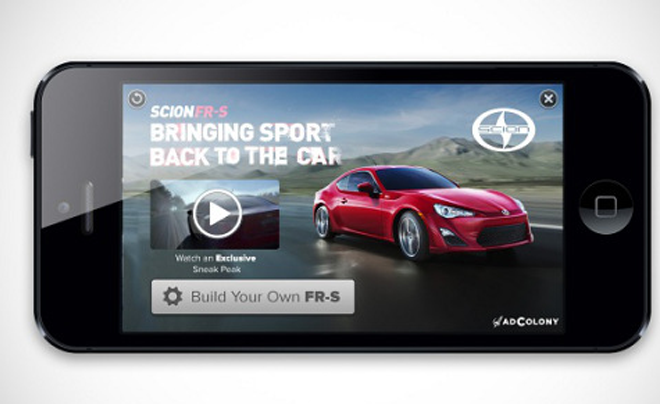mediapost.com

Mobile video advertising has proven effective has proven its effectiveness in improving brand awareness, lead generation and engagement. So it's no surprise that programmatic mobile video is an area of vast potential within the marketing arena.
eMarketer estimates that 59% of the $26.15 billion spent on U.S. digital display ads in 2015 was transacted programmatically.
Comparatively, only 39% of U.S. digital video ad dollars were transacted that way.
Adoption of programmatic mobile video is undoubtedly growing — but not as fast as demand would indicate it should. Where's the hold-up?
Despite their undisputed marketing savvy, many billion-dollar companies are still getting their feet wet when it comes to mobile video. As such, basic misunderstandings related to mobile are still prevalent within these organizations. The following are some of the most common (yet often basic) technological misunderstandings related to mobile video advertising.
Incompatible File Types
Many desktop ads are re-purposed for mobile without any thought toward optimization. As such, advertisers commonly send through media files that mobile simply cannot support. For example, Flash (.flv) and Shockwave (.swf) video files are common on desktop but cannot display on mobile. If a desktop campaign is used for mobile without being converted to mobile-compatible file types, then the videos will not play on mobile.
Solution: When desktop campaigns are repurposed for mobile, advertisers need to ensure they are using mobile-optimized file types -- such as MP4, 3GPP and WebM -- in the VAST.
Excessive File Size
When advertisers do send files that are mobile compatible, they often send them at large desktop dimensions and bit rates that don't work well on mobile. In short, larger dimensions create larger file sizes, which take longer to download.
If a desktop video file is sent for mobile use without being resized for a smaller device, it will be slow to download and result in a poor user experience. Users will typically leave before the ad can even play.
Solution: When video ads are prepared for mobile, they should be at smaller dimensions than for desktop so they can download faster.
Too Many Tracking Pixels
When advertisers stuff a lot tracking pixels into the VAST, it takes longer for the VAST XML to download. Fast video download speeds are not as critical on desktop as they are on mobile, so when advertisers and exchanges include lots of extra tracking pixels and extension information in the VAST, it's less problematic on the desktop. But on mobile devices, download speed is critical, and extra information in the VAST delays the displaying of the ad. Even a few additional tracking pixels can increase the time required to download the ad and harm the user experience.
Solution: For mobile video campaigns, advertisers must ensure that the VAST only contains the necessary information to display and track the ad at a basic level. Tracking pixels should be limited so the ad can download as quickly as possible.
The above advertiser missteps, though perhaps easily dismissed as minor technical snafus, are slowing down mobile video adoption. When advertisers or their agencies begin to move desktop ad campaigns to mobile, they often don't know how the mobile campaigns need to be optimized -- or even what questions to ask in this regard.
The result is poor campaign performance that discourages advertisers from moving more of their budgets to mobile. They might believe that video on mobile does not work when, in reality, video ads on mobile perform quite well if campaigns are optimized properly for mobile.
Conversely, if publishers decide to start running mobile video ads and receive campaigns that are not optimized for mobile, they might come to believe that video ads do not work on mobile and decide to stop running video ads all together. This can result in less premium mobile inventory availability, further slowing adoption.
Demand for programmatic mobile video has never been higher, but many advertisers still have much to learn in this space. A basic understanding of the differences between desktop and mobile video campaigns will go a long way toward increasing ROI on these campaigns, accelerating the adoption of mobile video advertising and the potential it offers.
No comments:
Post a Comment